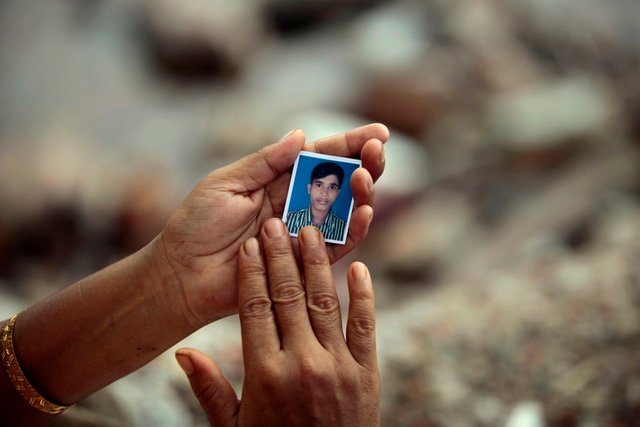What’s Changed Since More Than 1,110 People Died in Bangladesh's Factory Collapse?
Four years ago, Rana Plaza—an eight-story building in Bangladesh’s capital city of Dhaka that housed several factories producing clothing for brands such as the Children’s Place, J.C. Penney, and Walmart—came crashing down, killing approximately 1,130 people and injuring thousands more. In the wake of the disaster, companies, trade unions, and workers’-rights groups agreed to make the buildings safer and improve conditions for employees within five years; in many factories, this meant things like adding sprinkler systems or emergency exits. But now, with only one year left, there’s still much to be done.
The Rana Plaza collapse prompted two initiatives to improve conditions at the Bangladeshi factories that do business with several Western brands; there are thousands of such factories in the country, whose garment industry does about $28 billion in business each year. Those two 2013 agreements, the Accord on Fire and Building Safety in Bangladesh and the Alliance for Bangladesh Worker Safety, gave factories until the summer of 2018 to improve conditions. Any factory that doesn’t meet the agreements’ standards would risk losing its relationship with the Western brands that have pledged to abide by the Accord and Alliance. In practice, that also likely means these factories will just be moved to a third compliance initiative—a less-rigorous one run by the Bangladeshi government.